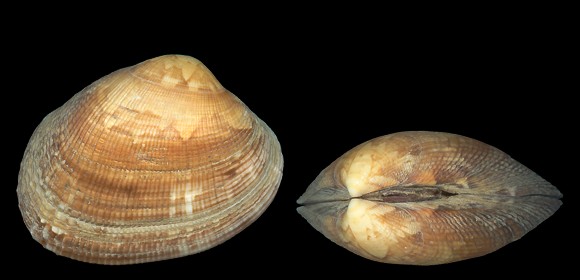News

Varying Salinity Levels Affects Clam’s Activity and Behaviour
When trying to understand the effects of physiological stress on organisms living within the sediment, it is of great importance to recognize the relationship between the behaviour of these organisms and the fluctuating stressors, such as salinity in the surrounding waters. This is difficult to study and quantify, especially as these organisms, i.e. clams, are living deep in the sediments.
In a study published earlier this month, researchers at the University of South Carolina and Universidade de Vigo, studied the activity of three clam species (Venerupis corrugate, Ruditapes decussatus and Ruditapes philippinarum) in relation to salinity variations. These ample and commercially important species are particularly valuable for the fishing industry in Galicia, in north-western Spain.
Clams put in tanks with simulated salinity fluctuations
Clams were collected by hand from shellfish beds at Cambados in Spain. After being measured and marked, 22 clams were placed onto the sediment surface in each monospecific tank with running seawater. The salinity range in the tanks varied from 5 to 30 during a 24h period, and was monitored by the Star-Oddi DST CTD logger.
To simulate low and high tide, the clams were subjected to two low salinity and two higher salinity exposures per day. The experiment lasted for six days and the study was conducted two times, in March and in May.
Three types of activities were observed in the experiment: burrowing activity, siphon activity and fecal deposition as evidence of activity. This was quantified using a combination of pressure sensors and direct observations.
Breakpoint in behaviour at salinities below 15 PSU
In all cases, the overall pattern was expected and the breakpoint in behaviour was at or below salinities of 15 PSU. Below this breakpoint all three clam species significantly reduced their movements, activity and feeding. This indicates that significant variations in salinity, i.e. large difference in high and low tide, affect the species in the eco-region near the bottom of the oceans. In Galicia for instance, around 7100 harvesters are dependent on the number of clams and reductions in growth and reproduction can have enormous negative socioeconomical effects.
This study was part of a larger study on growth and reproductive success of these three clam species under fluctuating salinity ranges. The paper was published in the Journal of Experimental Marine Biology and Ecology in November 2019 and can be accessed in full here.